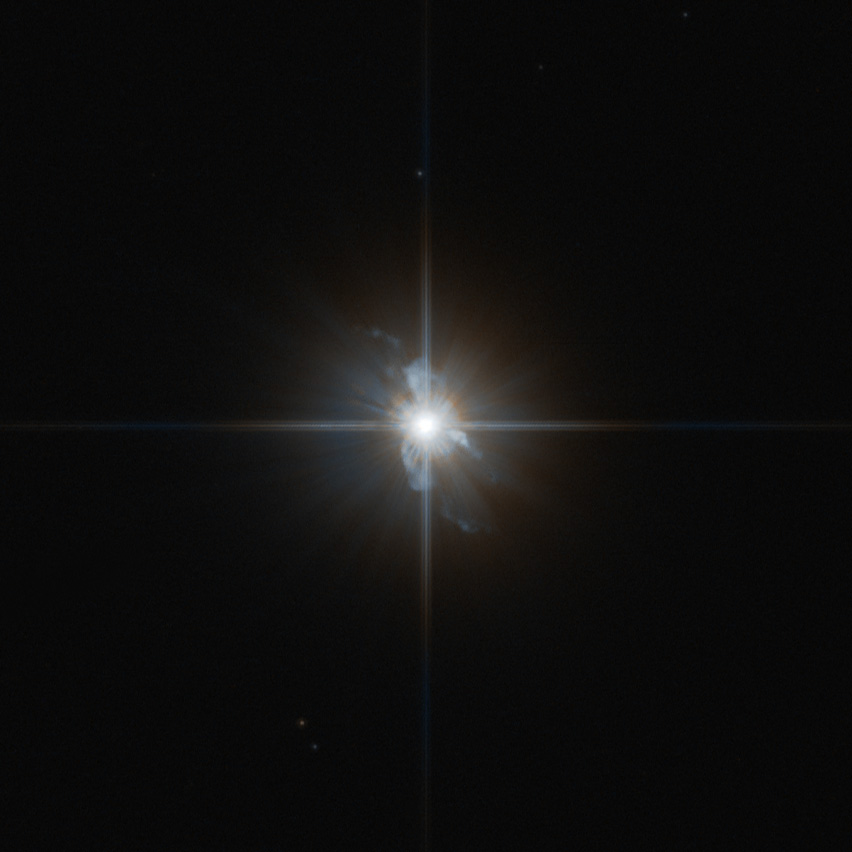
IRAS 12175-5338 (2014)
This is a post-AGB object with a preplanetary nebula surrounding it. It’s obscured by the point spread function aka that glowing spiky stuff around the star but this is actually one of the easier ones to see.
I’ve seen the word “post-AGB” frequently but I confess that when it comes to stars themselves I tend to gloss over. I can’t see the stars and a dot is a dot so I’ve been slow on my uptake of knowledge in this area. Shameful, I know. I read this paper today with some success. Hey, if there is a nebula, I’m interested. Maybe some information about stars will sneak into my brain by accident.
Anyway, as you can see the central star for this object is quite bright. Contrasting it against other preplanetary nebulas it seems strange. Most of the others I’ve processed have had a lot of dust and a much more well-defined nebula. This is understandable because I am biased toward the more photogenic pictures. Siódmiak et al. describe the two differing morphologies as a bifurcating branch with the bright stars / dim nebulas being called SOLEs and the bright nebulas / dust occluded stars DUPLEXes. SOLE stands for Star-Obvious Low-level Elongated. DUPLEX is Dust-Prominent Longitudinally EXtended. That makes this a SOLE and most of the others in the PPN album DUPLEXes.
Neil deGrasse Tyson likes to extol the relatively simplistic vocabulary of astronomy but—let me tell you—astronomers just love to come up with whimsical and slightly confusing acronyms which rival that of any science.
As far as processing goes, there’s not much of interest. I removed a small charge bleed, the occulting finger, and some minor cosmic rays. Red and near-infrared filters were assigned to blue and red channels, respectively. Green is pseudo.
These data were acquired as part of a snapshot survey of 50 post-AGB objects. See Proposal 10627.
Red: HST_10627_12_ACS_HRC_F814W_sci
Green: Pseudo
Blue: HST_10627_12_ACS_HRC_F606W_sci
North is NOT up. It is 40.8° clockwise from up.
Copyright information:
Hubble data is public domain, but I put a lot of work into combining it into beautiful color images. The minimal credit line should read: NASA / ESA / J. Schmidt

This work is licensed under a Creative Commons Attribution 3.0 Unported License.


